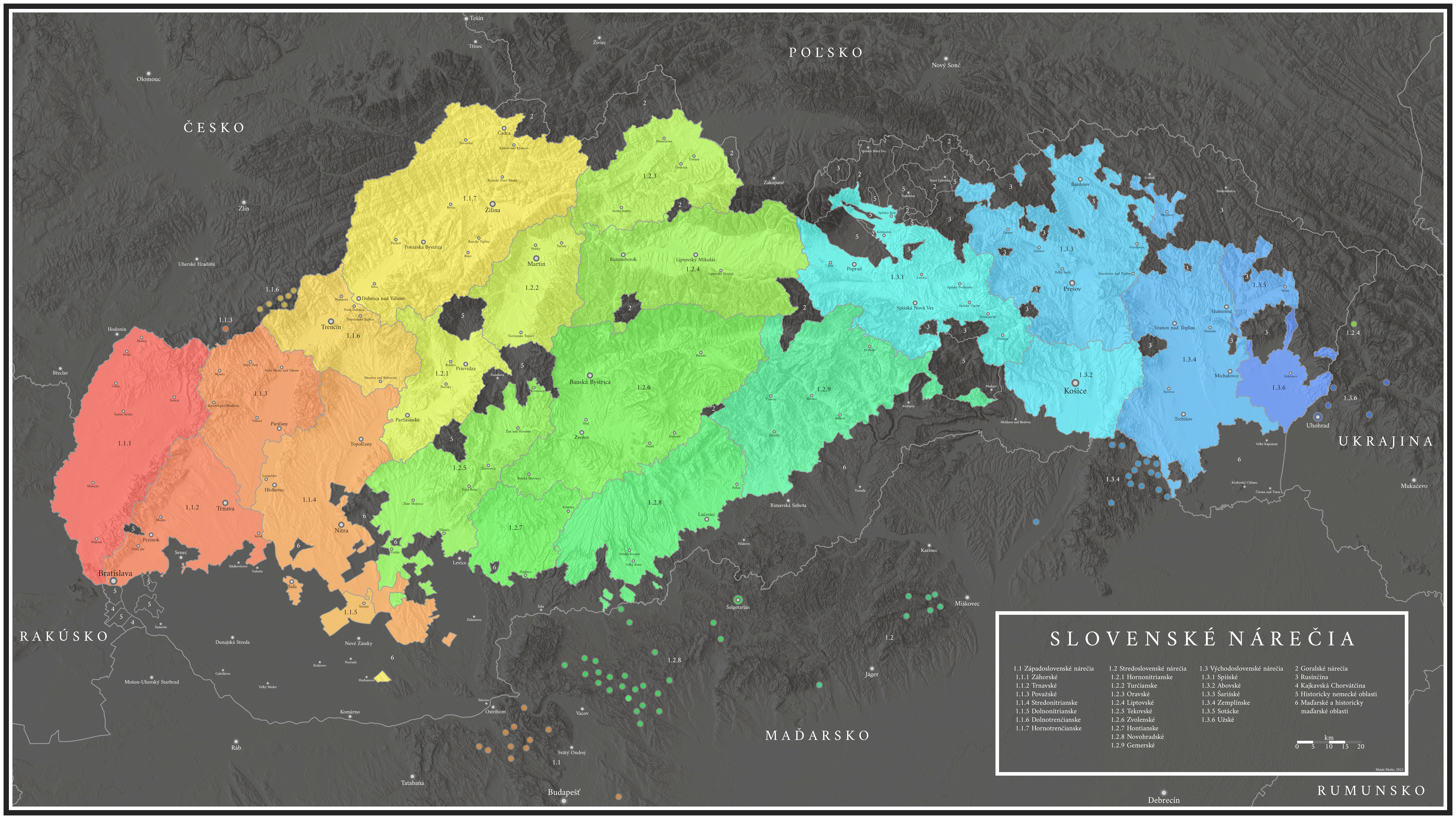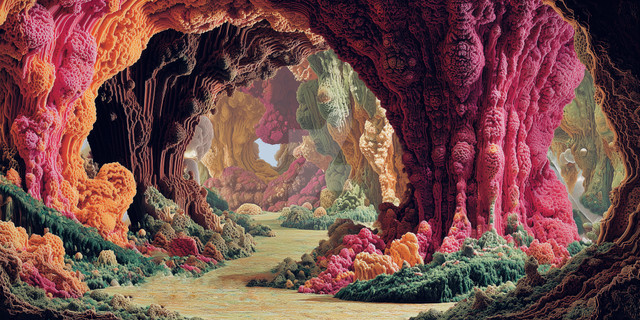HOME | DD
 WendishAstronomer — The internal structure of the Sun
by-nc-nd
WendishAstronomer — The internal structure of the Sun
by-nc-nd

#astronomy #sol #space #star #sun #thesun
Published: 2021-11-18 22:13:51 +0000 UTC; Views: 2237; Favourites: 8; Downloads: 7
Redirect to original
Description
The Sun isn't a homogenous ball of "fire" - contrary to what you may think, it's actually composed of multiple distinct layers.All of the heat and light you can feel on a nice summer day is generated in the Solar Core, a sphere extending out to about 20 to 25% of the Sun's radius, through the proton-proton chain reaction, a form of hydrogen fusion, generating helium. The Sun burns through more than 600 million tons of Hydrogen per second - that's 600,000,000,000 kilograms.
It takes roughly hundreds of thousands of years for photons, the particles of light, to escape the core. They spend most of their lives in the next region of the Sun - the radiative zone. Light jumps around in random directions, its energy being absorbed by electrons and then reemitted again, losing its energy in the process. This is how gamma rays generated in the core slowly become the visible light we can see bathing the Solar System.
The next layer of the Sun is the Tachocline, a region where shells of plasma rotating around the radiative zone strengthen the Solar magnetic field.
Once layers around the Sun become too opaque to let photons through, energy is transfered through convection alone - cells of hot plasma rise to the surface of the Sun in the convective zone, cooling and expanding in the process, letting photons escape at the transparent surface of the Sun, the Photosphere.
Related content
Comments: 5

👍: 0 ⏩: 1

👍: 0 ⏩: 1

👍: 0 ⏩: 0

👍: 1 ⏩: 1

👍: 0 ⏩: 0
























